Why Lakes?
Kevin Rose | Miami University
Lakes and other freshwater resources serve as critical resources for society by providing water for drinking, hygiene, industry, power generation, and recreation1. Freshwater resources are needed for many of the goods and services on which our economy depends. For example, it is estimated that it takes 600 gallons (2400 L) of water to produce one hamburger and 250 gallons (1000 L) to produce one quart (or liter) of milk2. Humans use approximately one-third of all the freshwater resources available on the planet every year3.
In addition to the important services they provide, lakes and other freshwater resources are also hot spots for biodiversity, yet they make up less than 2% of Earth’s total surface area4. Lakes are also sensitive indicators – sentinels – of environmental changes. As lakes drain a broad landscape, they integrate and respond to the forests, fields, and developments around them1. Currently, about 30% of freshwater fish and more than 800 other freshwater species are at risk of extinction, highlighting the plight of freshwater resources5.
Just how important are lakes and other freshwater resources? Consider this: according to the World Health Organization, more than 5,000 people die every day from unsafe water supply and inadequate sanitation; that’s more than 1.8 million people a year. It is estimated global water requirements will grow by more than 50% in the next 20 years; such levels of usage will be 40% greater than what is presently sustainable. It is estimated that by 2030 one third of the global population, mainly concentrated in developing countries, will have only half the amount of naturally renewed water available that they need6. At Lake Scientist, we believe research and education are critical to our understanding and conservation of the planet’s precious freshwaters.
Sources:
- Williamson, C.E. et al. 2008. Lakes and streams as sentinels of environmental change in terrestrial and atmospheric processes. Frontiers in Ecology and the Environment.
- Waterfootprint Network. Product Gallery. Retrieved online at www.waterfootprint.org.
- Kiem, B. 2010. 6 Ways We’re Already Geoengineering Earth. Wired Magazine. Retrieved online at: http://www.wired.com/wiredscience/2010/03/geoengineering-gallery/#ixzz0jHrLXrVK
- Downing, J.A. et al. 2006. The global abundance and size distribution of lakes, ponds, and impoundments. Limnology and Oceanography.
- International Union for Conservation of Nature. 2002. Retrieved online at: http://www.iucn.org/
- McKinsey and Company. 2010. Charting our water future. Retrieved online at: http://www.mckinsey.com/clientservice/water/charting_our_water_future.aspx




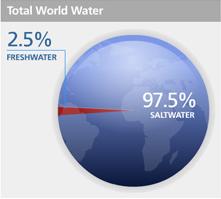

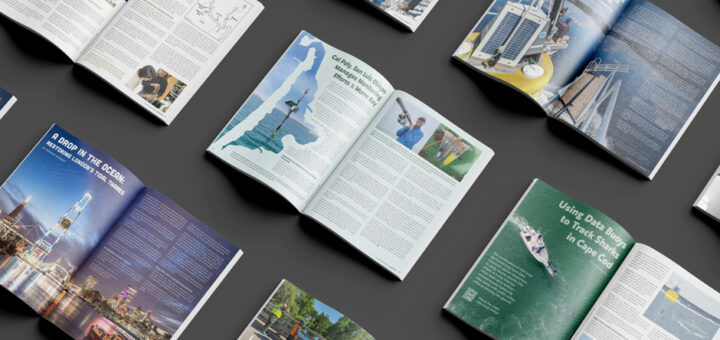
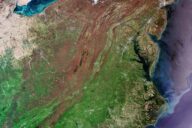
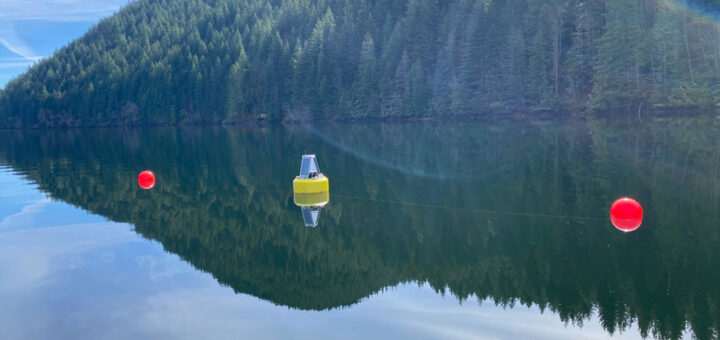
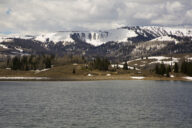
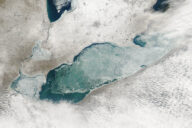
[…] http://www.lakescientist.com/whylakes.html […]